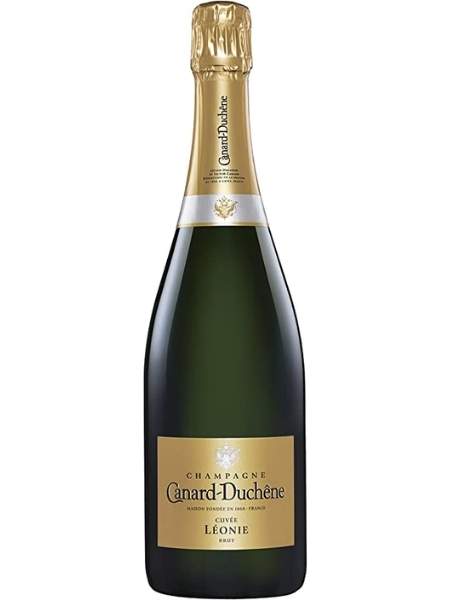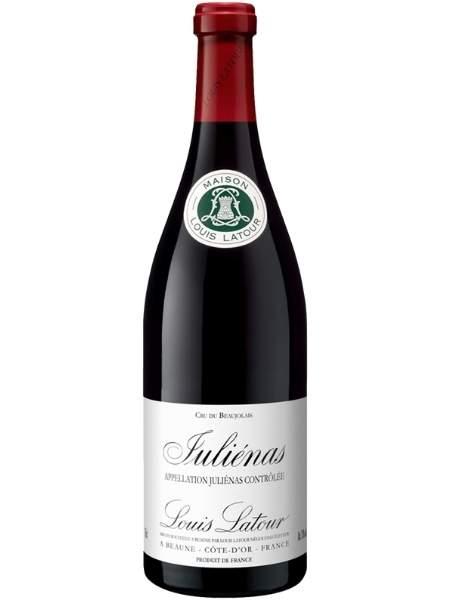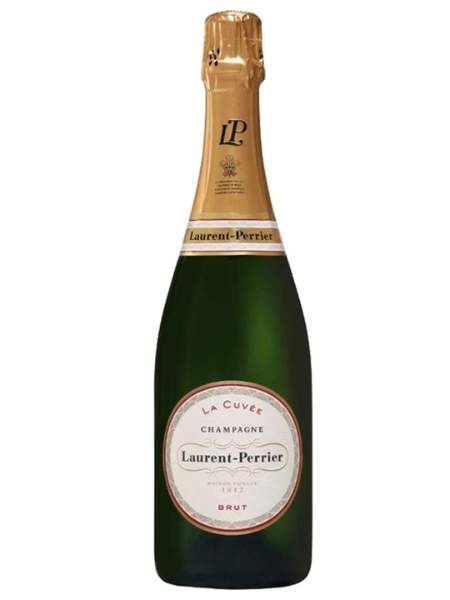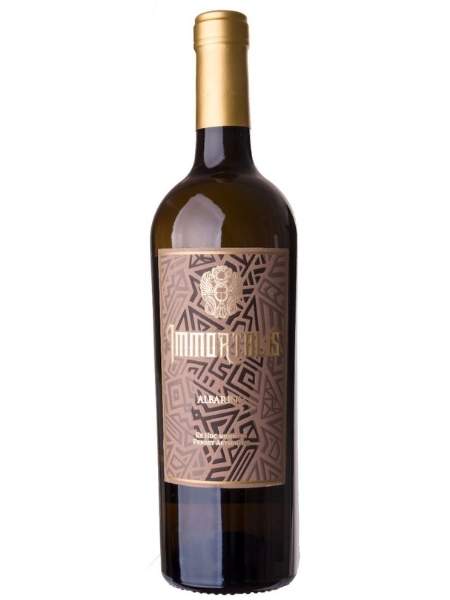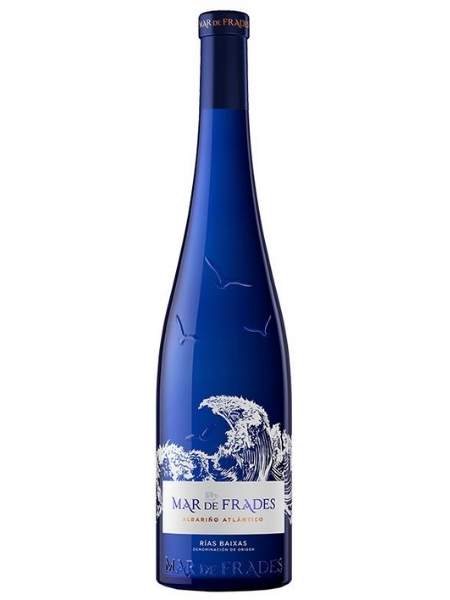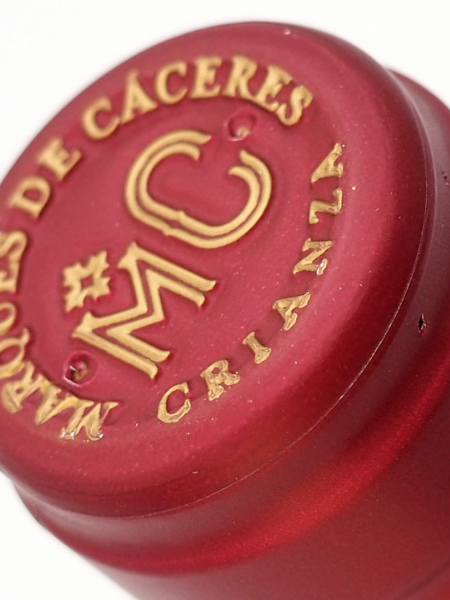
What Are Tannins in Wine & How Do They Affect the Taste?

Have you ever tasted a full-bodied red that left your palate feeling slightly dry and astringent? Then you have experienced tannins in all their glorious glory. Tannins are an integral componant of the flavor profile found within any glass of wine and understanding what they are and how they affect the taste is critical to creating a truly enjoyable drinking experience.
In this blog post, we’ll delve into the mysterious world of tannins to get a better grasp on why some wines might leave your mouth drying out or puckering up after just one sip. So grab your corkscrew and pull up a chair – let's explore what makes tannin such an important part of our favorite fermented grape beverage!
Table of Content:
What are Tannins?
Tannins are naturally occurring compounds found in grape skins, seeds, and stems. They also appear in oak barrels used for aging wine. These compounds contribute to the wine's structure and texture, offering a myriad of sensory experiences to the discerning palate.
Tannins and Wine Structure
Tannins play a pivotal role in shaping a wine's structure. They provide the backbone, lending a certain dryness and astringency to the wine. This structural framework is what allows some wines to age gracefully over time.
Tannins and Flavor
Tannins can be both friends and foes to wine enthusiasts. On one hand, they add complexity and depth to the wine's flavor profile, offering a pleasant bitterness that balances the fruitiness. On the other hand, excessive tannins can make a wine unpalatable, resulting in a puckering sensation.
The Impact of Tannins on Taste
When it comes to understanding the effects of tannins on wine, it's important to acknowledge the different stages of the tasting experience. Let's break it down:
On the Palate
Tannins are most noticeable on the palate. They grip the tongue, creating a dry, slightly rough sensation. This tactile element is crucial for pairing wine with food. Tannic red wines often complement rich, fatty dishes as they help cut through the richness.
Over Time
As wine ages, tannins gradually soften and integrate with other components. This metamorphosis results in a smoother, more harmonious taste. A well-aged wine can be a true testament to the magic of tannins.
Tannins in Different Wine Varietals
Tannins aren't uniform; they vary depending on the grape varietal and the winemaking process. Here are a few examples:
Cabernet Sauvignon
This grape is renowned for its bold and robust tannins. Cabernet Sauvignon wines often exhibit deep color, intense flavors, and a long finish.
Pinot Noir
In contrast, Pinot Noir wines tend to have lighter tannins. Their elegance and finesse make them a favorite among wine lovers.
Nebbiolo
Nebbiolo grapes, used in Barolo and Barbaresco wines, offer strong, grippy tannins. These wines are known for their longevity.
Merlot
Merlot strikes a balance with moderate tannins. It's a versatile grape used in various wine styles.
FAQs About Tannins in Wine
How do tannins affect wine aging?
Tannins are like the scaffolding that supports a wine's aging potential. Over time, they polymerize and become more integrated, resulting in a smoother, more refined taste.
Can white wines have tannins too?
Yes, though less common, white wines can also have tannins. This is often due to skin contact during the winemaking process.
What foods pair well with tannic wines?
Tannic red wines are best paired with fatty, protein-rich dishes. Think steak, aged cheese, or dishes with rich sauces.
Do tannins always make wine bitter?
Not necessarily. Tannins can add complexity and structure without making the wine bitter, provided they are balanced with other elements.
Can tannins hurt your stomach?
Tannins can sometimes be harsh on the stomach, particularly for individuals with sensitive digestive systems. This is more common with wines that have high tannin levels, like some red wines. The astringency of tannins can lead to discomfort or irritation, especially if consumed on an empty stomach. To minimize any adverse effects, it's advisable to enjoy tannic wines with a meal.
Are tannins good for you?
Tannins, in moderation, can offer some health benefits. They are known for their antioxidant properties, which can help combat free radicals and reduce oxidative stress in the body. However, excessive consumption of tannins can have adverse effects, so it's best to enjoy them in the form of a glass of wine or tea rather than in large quantities.
How Tannins Are Extracted?
Tannins are extracted from grapes during the winemaking process. When grapes are crushed, the juice, skins, seeds, and sometimes stems are combined. The tannins in the skins and seeds dissolve into the liquid, imparting their characteristics to the wine. For some wines, such as reds, the wine is aged in oak barrels, further enhancing the tannin content through contact with the wood.
When to Add Tannins in Wine?
Tannins are naturally present in grapes, so there's no need to add them during the winemaking process. However, the winemaker can influence the tannin levels by adjusting factors like the length of skin contact with the juice and the choice of oak barrels for aging. The timing and method of these adjustments are critical in determining the final tannin profile of the wine.
Why Tannins in Wine?
Tannins serve several crucial roles in wine. First, they provide structure, helping a wine age gracefully and develop complexity. Second, they contribute to the wine's flavor, adding a dimension of bitterness and astringency that complements the fruitiness. Tannins are a fundamental element that makes each wine unique and fascinating to explore.








